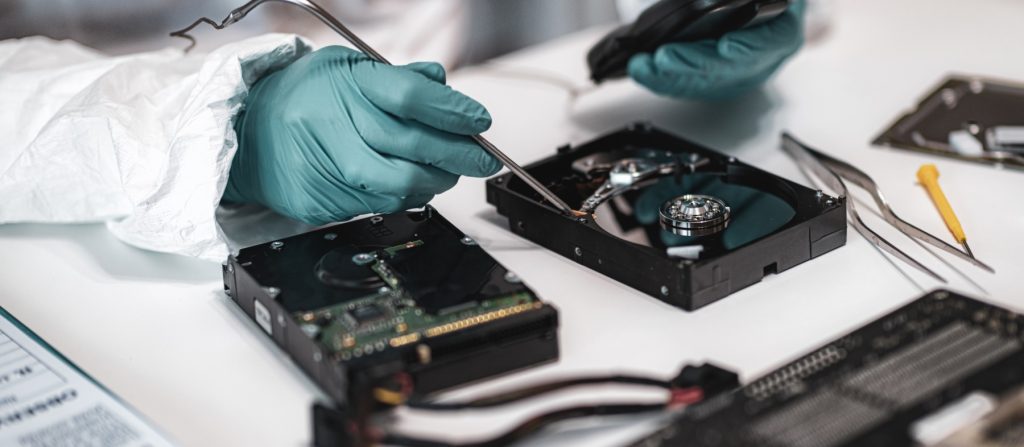You have finished preparation, completed your clinical, have your permit or statement, have your lord responsibility security and are prepared to start your journey for function as a massage guide. You start meeting and you are bewildered considering the way that your remuneration offers shift beginning with one business then onto the following. You are a subject matter expert or you are a freely utilized component. You are paid a rate or you are paid hourly. Finishing up your remuneration plan and conclusive blueprints with a business can confuse. There is different locale to contemplate preceding closing a fitting remuneration plan. Are clients given to you by the business or do you see as your own Strength it anytime be said that you are giving stuff and supplies to associations or is the business.
Are you or the business liable for displaying material expenses, for example, business cards and presents Are you or the business overseeing call requests and booking could it sooner or later be said that you are paid hourly or by the client is it certifiable that you are a representative or freely utilized component plainly the more cost and responsibility you take on, the higher your remuneration ought to be. For a 1인샵 massage expert giving their own displaying materials, coordinating telephone requests and orchestrating, effectively systems association and progressing, and giving their own game plans, a genuine remuneration is 50 and the chance covering out at a month to month lease complete ought to be thought of. Remember the property manager or proprietor of the business you are using space from is liable for the rent, lease, utilities, normal regions, and protection whether you have a client.
The less costs and responsibility you take on, the lower your remuneration ought to be. For a massage counsel working in a business that is giving all propelling, booking, gear, supplies and the client base, a massage master ought to hope to get 40 or less. Surefire pay continually at a low hourly rate is likewise fitting. One more area to consider finishing up your remuneration and expenses is client upkeep. Expecting you is relied on to market and take on all costs or a piece of the expenses for displaying, you ought to have the decision to request clients to follow you to another locale if you somehow wound up moving forward. Regardless, expecting the business you are working with is paying for all showing materials, planning affiliations, , then, at that point, it is fitting for the business to remain mindful of the relationship with the client whether you offer an advancing moving like partaking in an occasion to drive your associations.


